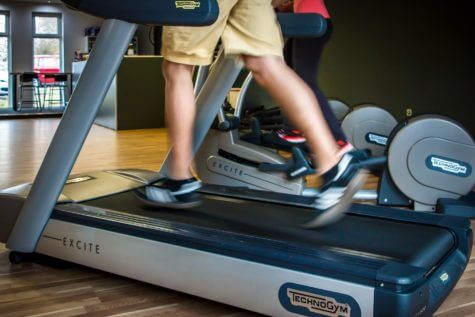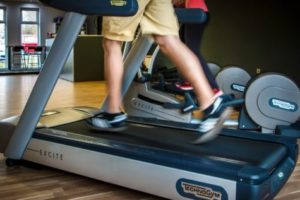
ROCHESTER, Minn. — It's no secret that regular exercise may add years to your life, but older adults may want to turn up the speed on the treadmill if they want to turn back the clock on aging. A new study by the Mayo Clinic has found that high-intensity aerobic exercise can reverse some of the cellular aspects of aging, especially in seniors.
The research compared high-intensity interval training, resistance training and combined training and measured the effects on adults. The authors determined that only high-intensity and combined training improved mitochondrial function for skeletal muscle, something which generally lacks in older adults, according to a Mayo Clinic news release.

The study highlighted that high-intensity aerobic exercise training greatly enhanced the cellular machinery in charge of creating new proteins, which contributes to protein synthesis, thus reversing a well-known effect of getting older.
“We encourage everyone to exercise regularly, but the take-home message for aging adults that supervised high-intensity training is probably best, because, both metabolically and at the molecular level, it confers the most benefits,” says K. Sreekumaran Nair, a Mayo Clinic endocrinologist and senior researcher of the study, in the release.
The research tracked the metabolic and molecular changes in groups of younger and older adults over a period of 12 weeks, gathering information three days after every person in a randomized group finished each workout program.
Nair adds that while high-intensity training undid some of the body’s natural signs of aging in its protein function, increasing muscle strength would still require resistance training at least a couple of times per week.
The study also found that all training types improved lean body mass, insulin sensitivity, cardiorespiratory health, and muscle mass.
The findings were published earlier this month in the journal Cell Metabolism.











Cool. I want to have good mitochondrial function when I die so I might try this.
How many ninety-somethings do you know who did high intensity interval training? Just asking.
How many high internsity interval trainers noted onset of angina or actual MI a/o cerebral symptoms?